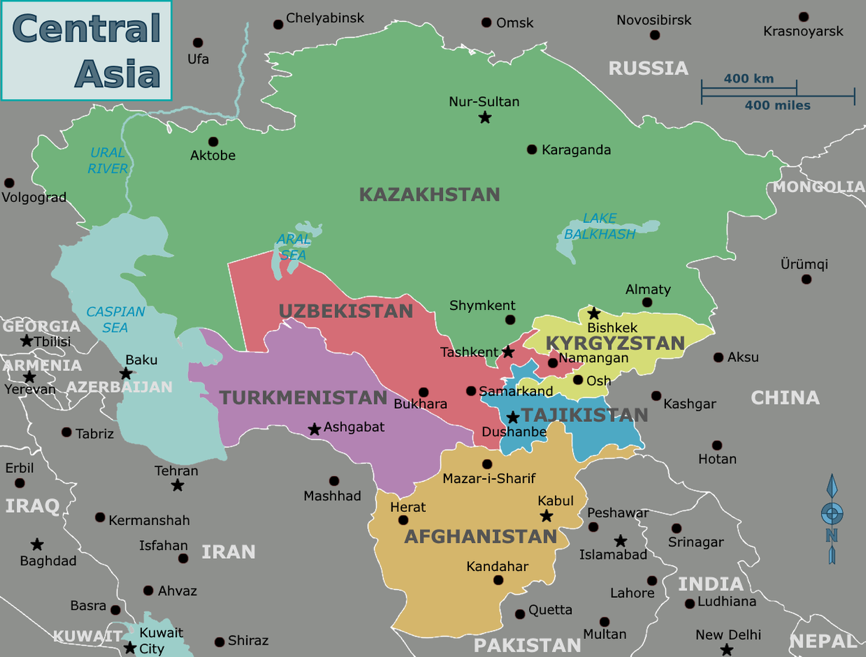Free Courses Sale ends Soon, Get It Now


Free Courses Sale ends Soon, Get It Now



Disclaimer: Copyright infringement not intended.
Context
About Chinese diplomacy in Central Asia
Recent developments
History
Economic Interests
Strategic interest
Xi’s Belt and Road
Challenges
Future projects
Grand Plan
Russian angle
India and Central Asia
MUST-READ ARTICLE:
India Central Asia Relations: https://www.iasgyan.in/daily-current-affairs/india-central-asia-relations-35
|
PRACTICE QUESTION Q) India’s relationships in the Central Asian region, including in the SCO, remain security-driven. Critically Analyse. (250 words) |
© 2024 iasgyan. All right reserved